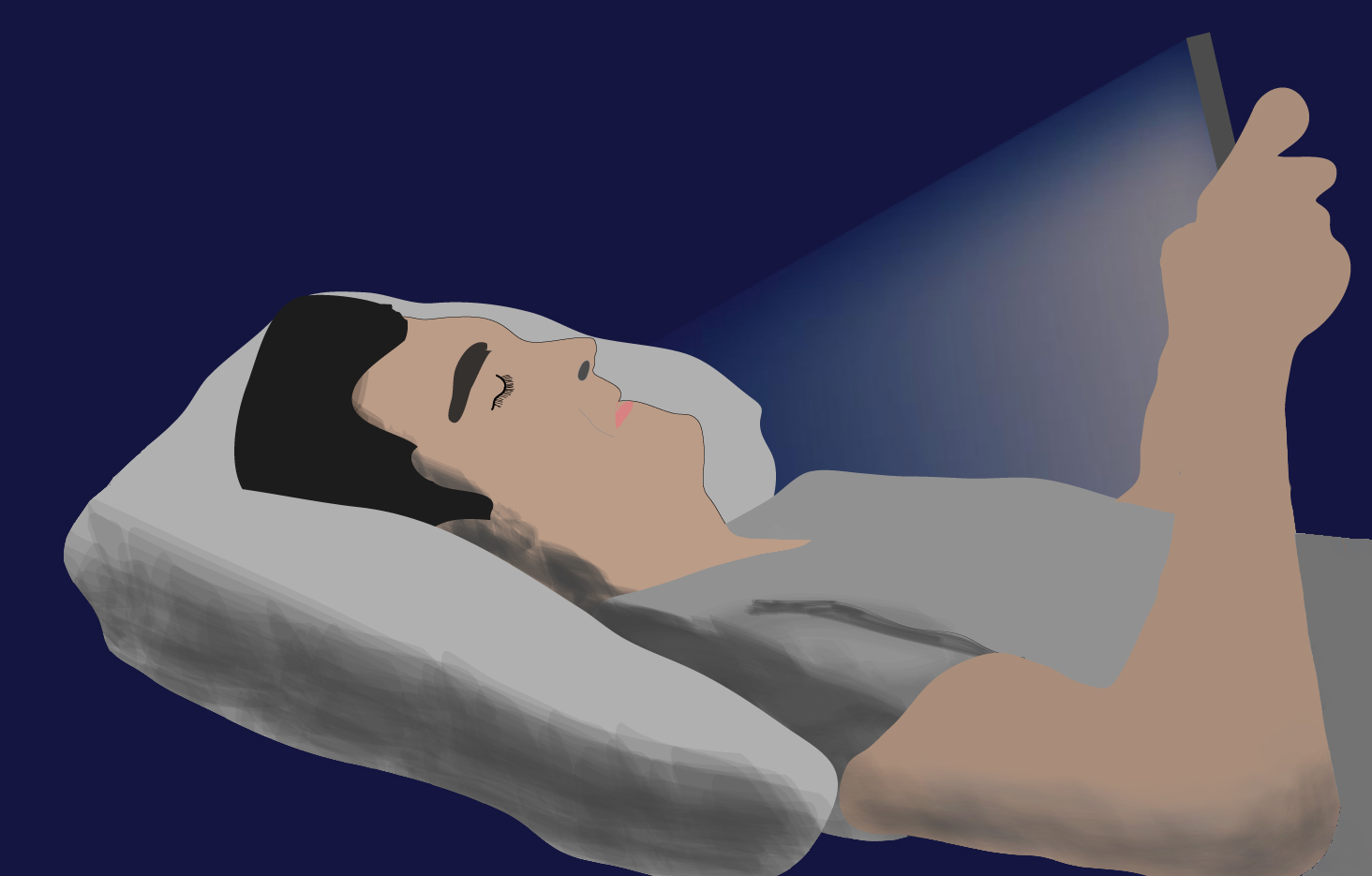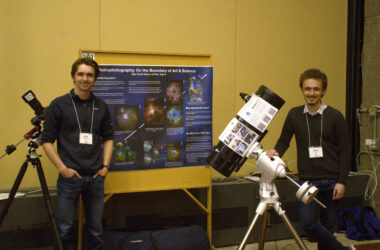Midterm season is approaching, and with it, many hours of studying. After long periods of staring at a laptop screen, eye strain can break focus levels. Two factors cause this deterioration in focus: Intense concentration on an object within close proximity of our eyes, and the ‘glare’ of the blue light emitted from laptop screens.
“Light is the stimulus of the retina but can also have a detrimental effect on our eyes depending on its intensity, direction, and composition,” Pierre Lachapelle, professor in the McGill Department of Ophthalmology and researcher at RI-MUHC, said. “Blue light is more damaging to the retina than red light. That has been known for years.”
However, he attributes intense focus on the laptop or phone at hand equally as responsible for damage.
“When you are focused on a screen, the muscles in your eyes are constantly contracted,” Lachapelle said.
“This muscle contraction is unnatural, and therefore very tiring, especially when […] prolonged.”
Blue light coming from our screens has higher energy and shorter wavelengths that reach deeper into the retina—cumulatively causing more damage. For this reason, screens have an eerie glow at night compared to our surroundings.
Both for work and for pleasure, students’ dependency on screens is inescapable. Because swearing off electronics before bedtime during exam season represents an impossible task, Lachapelle provided a couple tricks to help lighten eye strain.
“What [I would] suggest is to look at a target 10 metres away from you from time to time,” Lachapelle said. “This way, you are giving your eyes a break from concentrating on a screen which is usually within 30 centimetres of your face, which is really close.”
This action counteracts some of the strain caused by the proximity of the screen and the intensity of our concentration.
Mediating the ‘glare effect’ of blue light requires changing the shorter wavelengths to longer ones—or reducing the amount of blue light in the screens. Lachapelle’s advice is to wear a yellow spectacle to filter out shorter wavelengths. Apps like F.lux can provide this service.
F.lux applies a filter to the light from your computer, adapting it to the user’s local time of day. This feature automatically allows laptop screens to blend into the colors of light emitted by their surroundings. At night, F.lux adds red undertones to the backlight of screens in order to omit the blue—and shorter—wavelengths of light. The screen’s light looks ‘softer’ and more yellow, so there is significantly less eye strain and glare from the screen. The effect makes reading long articles or typing for extended periods of time less damaging to one’s retinal health. Furthermore, apps like F.lux make concentrating easier, since the eyes tire more slowly. However, young students have an advantage over older students.
Young eyes can adapt more easily to changing light conditions than older individuals.
“As we age, the ability of the eye to accommodate [to] different lighting situations deteriorates, so an older person would probably have more fatigue than a college student,” Lachapelle explained.
We cannot abuse this advantage though—because young people are not immune to eye strain and fatigue.
The long-term effects of prolonged exposure to screens remain a mystery. Perhaps screens will cause degeneration of the retina, or perhaps not. For now, these short-term solutions help minimize the negative effects of blue light on health—particularly during exam season.









